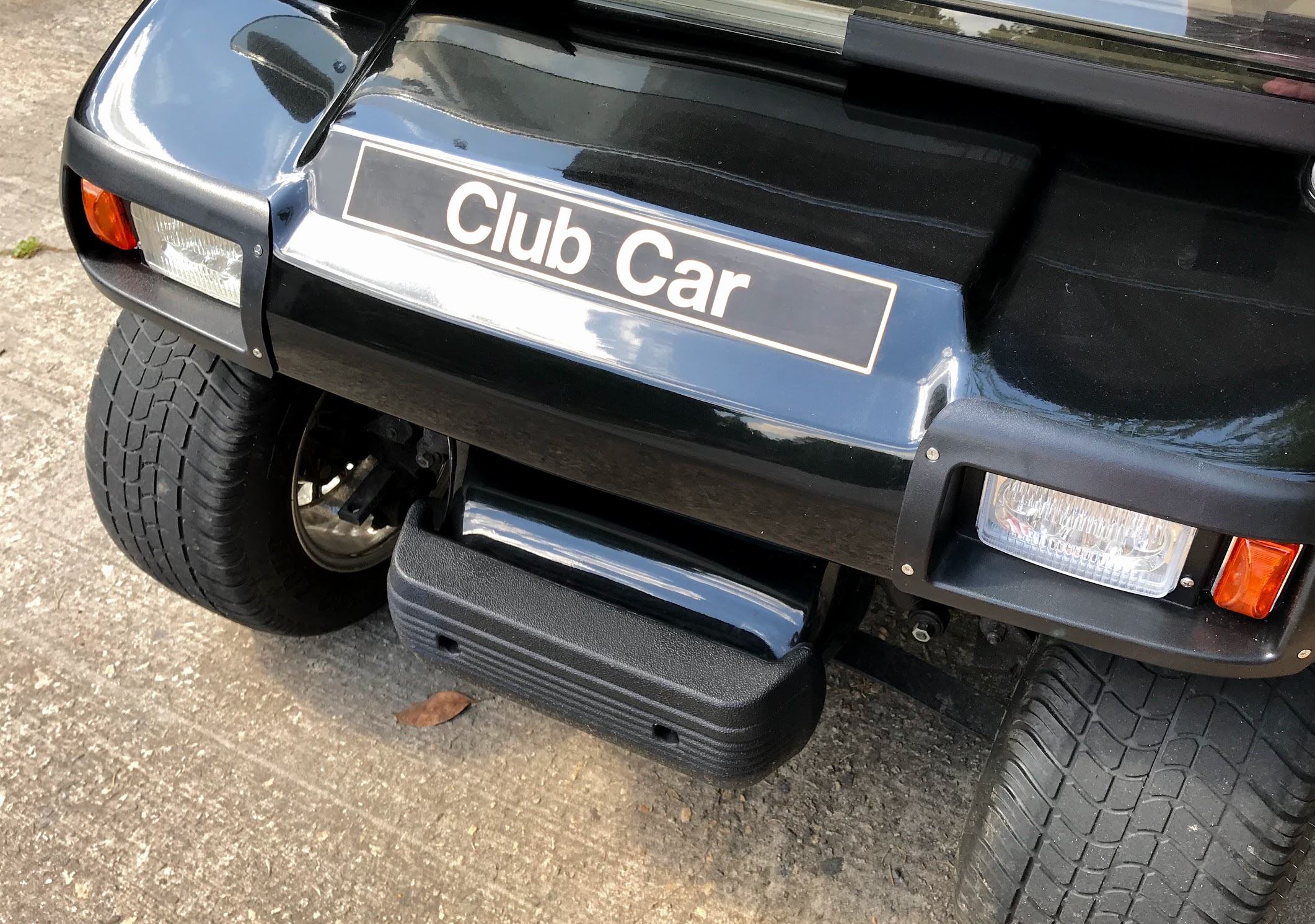
Club Car Golf Cart Troubleshooting Guide: How to Diagnose and Fix Common Issues
When your club car golf cart experiences issues, troubleshooting can help identify and resolve common problems. Whether you decide to visit golf cart repair near me or tackle the repairs yourself, understanding the common causes of malfunction is essential. This comprehensive guide will walk you through the steps to troubleshoot various issues, from battery and ignition problems to electrical system failures.
1. Checking the Battery
One of the first places to check when your Club Car golf cart stops working is the battery. A dead or malfunctioning battery is a common culprit for power issues. To troubleshoot battery problems, start by ensuring that the battery is fully charged. A weak or dead battery can prevent the golf cart from starting or running efficiently.
Steps to check the battery:
- Ensure the battery terminals are clean and free of corrosion. Corroded terminals can prevent proper charging and power transfer.
- Check the battery voltage using a multimeter. The voltage should be around 12.6 volts for a fully charged 12-volt battery. If the reading is significantly lower, you may need to replace the battery.
- If the battery is low on water, refill it with distilled water, as low water levels can affect battery performance.
If the battery is old or showing signs of wear, replacing it may be necessary. Regular battery maintenance and monitoring will prevent unexpected issues with your Club Car golf cart's power system.
2. Ignition and Solenoid Troubleshooting
If your golf cart won't start or has intermittent starting issues, the ignition system or solenoid could be at fault. The solenoid acts as a switch to send power from the battery to the motor when you press the accelerator. A malfunctioning solenoid can prevent the cart from running, even if the battery is fully charged.
Steps to check the ignition system and solenoid:
- Ensure the key switch is in the "on" position, and check for a clicking sound when you press the accelerator. A click indicates that the solenoid is engaging.
- Test the solenoid by using a multimeter to check the continuity of the solenoid. If the solenoid is faulty, it will need to be replaced.
- Check the ignition switch and wiring for any visible damage. Damaged wires or a faulty ignition switch can prevent the golf cart from starting.
If you continue to experience starting issues despite these checks, it may be time to consult a professional at a golf cart repair near me for a more in-depth diagnosis.
3. Controller Problems
The controller in your Club Car golf cart regulates the power from the battery to the motor. If the controller is malfunctioning, it can cause erratic behavior, such as loss of power, stuttering acceleration, or no movement at all.
Steps to check the controller:
- Inspect the controller for visible damage or burnt areas, which could indicate a short or electrical issue.
- Test the controller's output using a multimeter. If the voltage is inconsistent or out of range, the controller may need to be replaced.
- If your cart is equipped with a throttle sensor, ensure it is functioning properly, as this can also affect the controller's performance.
Keep in mind that some controllers are not user-serviceable, so it may be necessary to consult a professional technician to repair or replace the controller.
4. Motor Problems
If your Club Car golf cart is running but lacks power or is making unusual noises, the motor could be the issue. Motors can wear out over time, especially if the cart is used heavily or improperly maintained.
Steps to check the motor:
- Listen for any unusual sounds coming from the motor, such as grinding or squealing, which can indicate a problem with the motor's bearings or internal components.
- Check the motor’s wiring for signs of damage or wear. Frayed wires or loose connections can prevent the motor from receiving power.
- Use a multimeter to check the motor's resistance. A higher than normal resistance could indicate a problem with the motor’s windings, which might require professional repair or replacement.
If the motor is beyond repair, you will need to replace it with a compatible motor to restore functionality to your golf cart.
5. Electrical System Issues
The electrical system of your Club Car golf cart is responsible for delivering power to the motor and other components. Issues such as blown fuses, faulty wiring, or poor connections can disrupt the flow of power, causing the cart to malfunction.
Steps to check the electrical system:
- Check all fuses to ensure they are intact and functioning properly. Replace any blown fuses with the correct amperage rating.
- Inspect all wiring connections for looseness or corrosion. Tighten any loose connections and clean the terminals if necessary.
- Examine the ground connections to ensure they are secure. A poor ground connection can cause electrical malfunctions in the system.
For more complex electrical issues, you may need to consult a professional to diagnose and repair the problem.
6. Other Potential Problems
Aside from the issues listed above, there are other potential problems that can affect the performance of your Club Car golf cart. These include issues with the brakes, suspension, and tires. Regularly inspecting and maintaining these components is essential to keeping your cart in good working condition.
Common additional issues:
- Brakes: If your brakes feel spongy or unresponsive, check the brake fluid levels and inspect the brake pads for wear. Low brake fluid or worn pads will need to be replaced to restore braking performance.
- Suspension: A bumpy ride or uneven handling could be a sign of suspension issues. Check the suspension components for damage or wear, and replace them as necessary.
- Tires: Inspect the tires for wear and ensure they are properly inflated. Underinflated or damaged tires can affect the performance of your golf cart.
Safety Precautions and Tools
When troubleshooting or repairing your Club Car golf cart, always follow proper safety precautions. Disconnect the battery before working on electrical systems, wear safety gloves, and avoid working on your cart while it is in motion. Additionally, make sure you have the proper tools, such as a multimeter, wrenches, screwdrivers, and replacement parts, to effectively troubleshoot and repair your cart.
If you’re not comfortable performing the repairs yourself, it’s always a good idea to visit a professional at a trusted golf cart repair near me for assistance.
Conclusion
Club Car golf carts are reliable vehicles, but like any machine, they can experience issues over time. By following this troubleshooting guide, you can diagnose and resolve common problems such as battery issues, ignition and solenoid failures, motor problems, and more. If you're unsure about performing repairs yourself, don’t hesitate to contact a professional repair service to ensure your cart is in optimal condition for years to come.
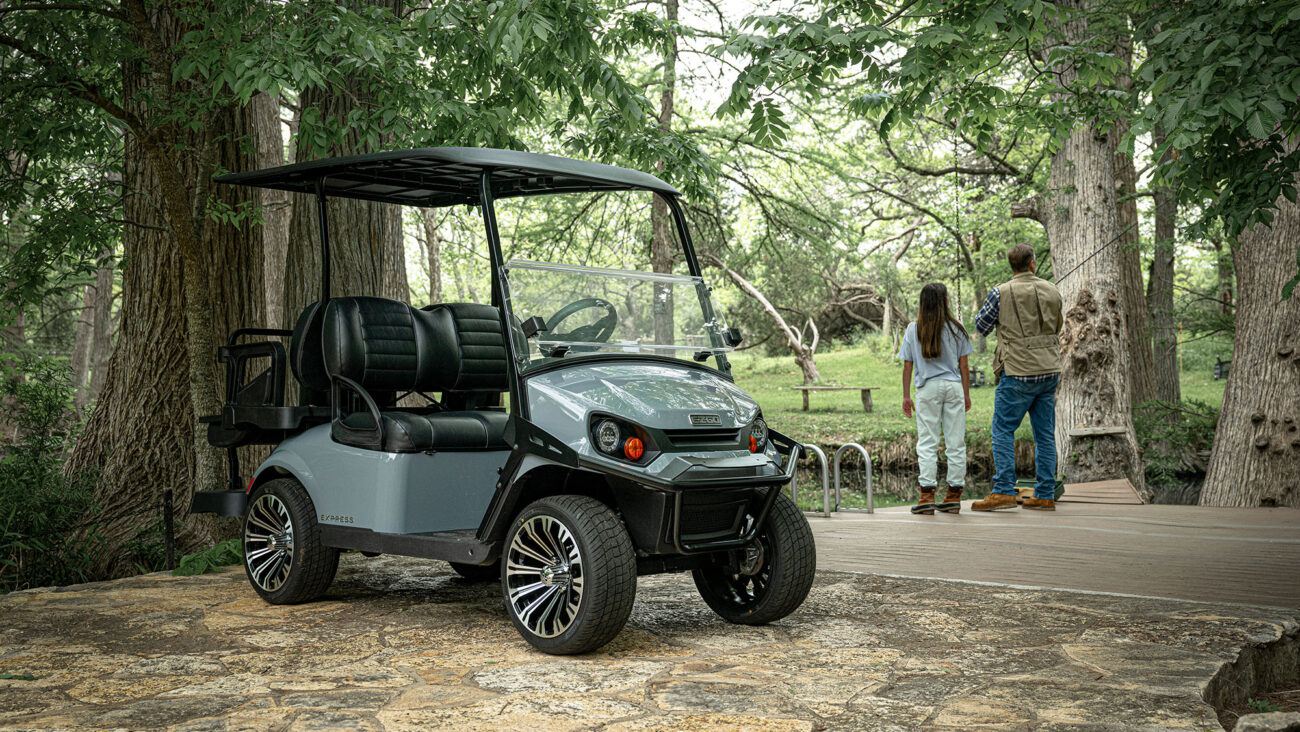
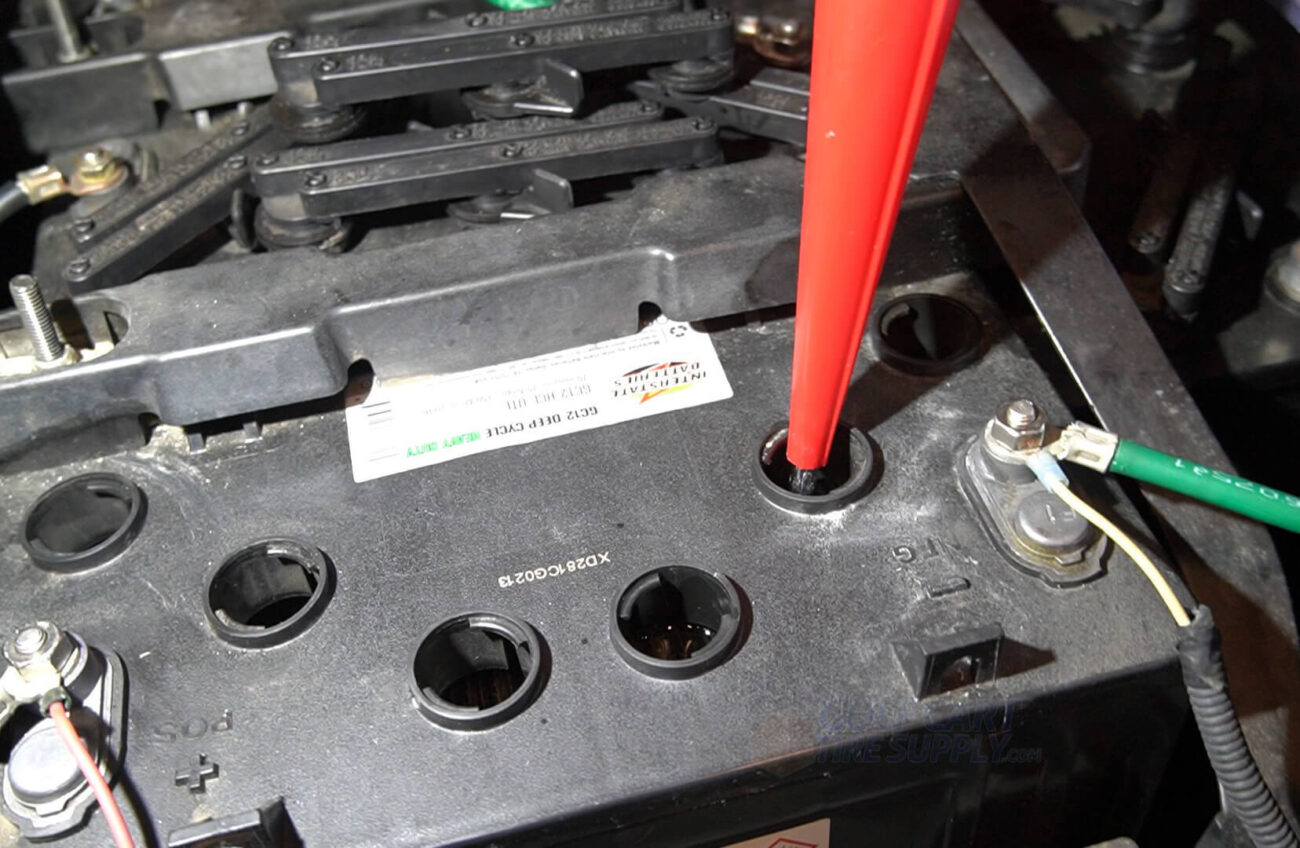
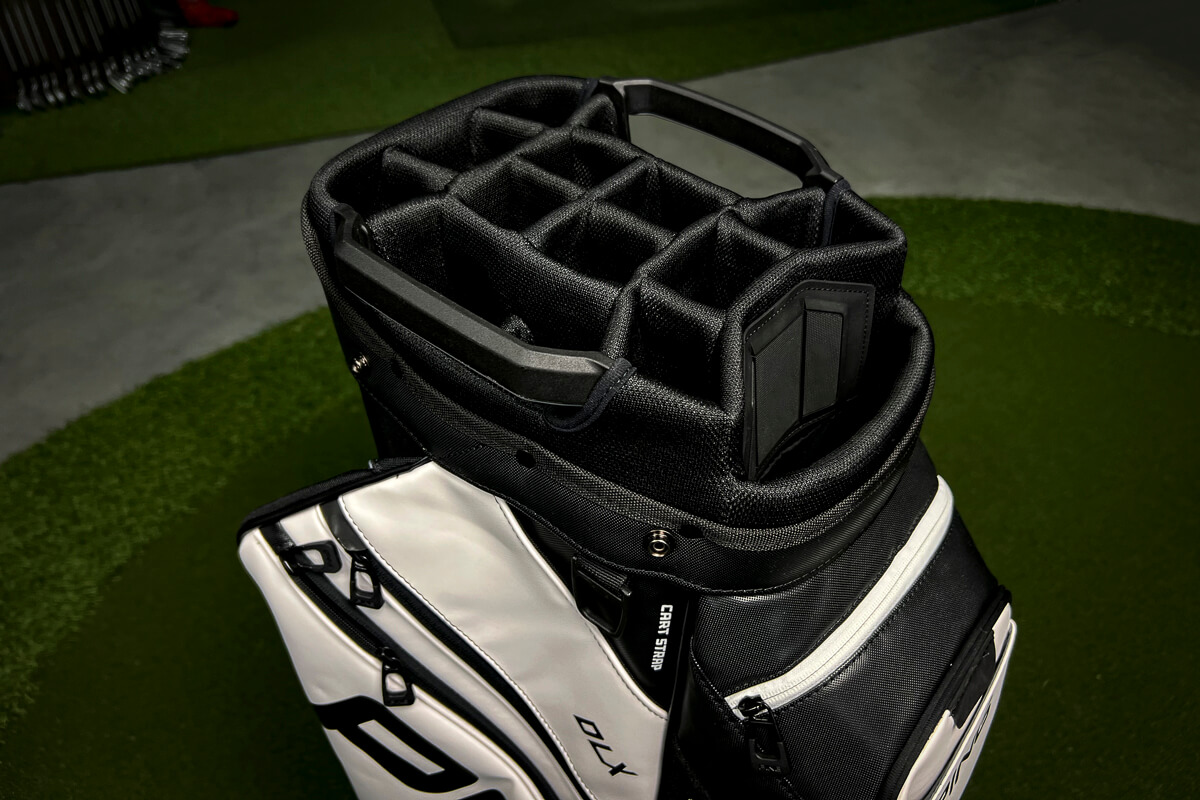
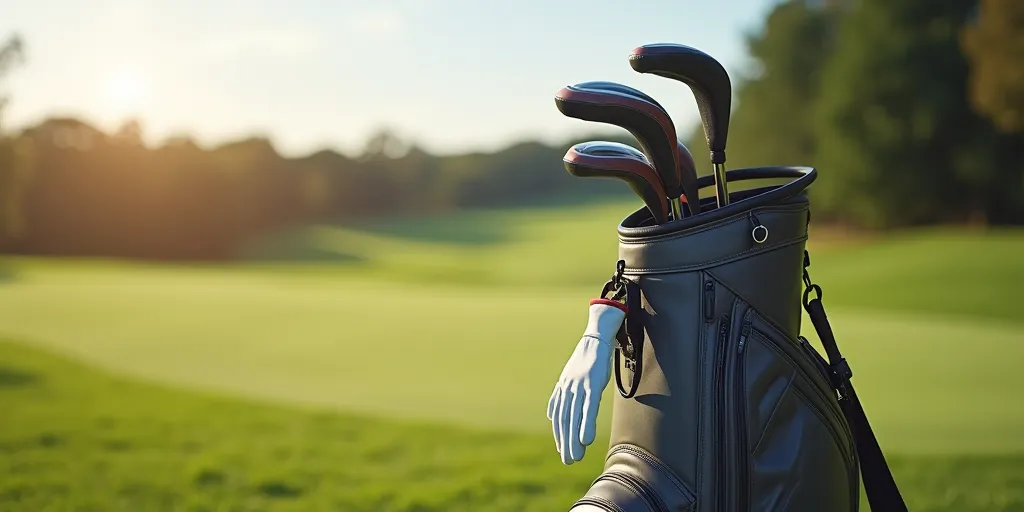
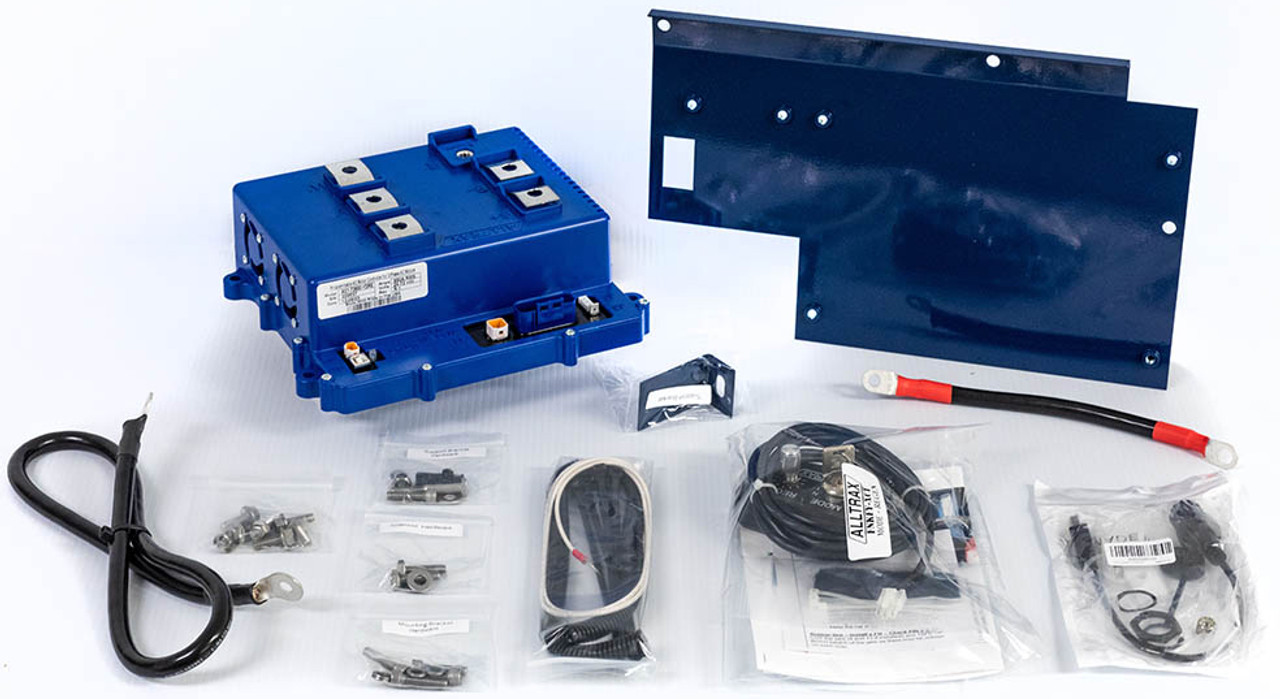
Add a review
Your email address will not be published. Required fields are marked *